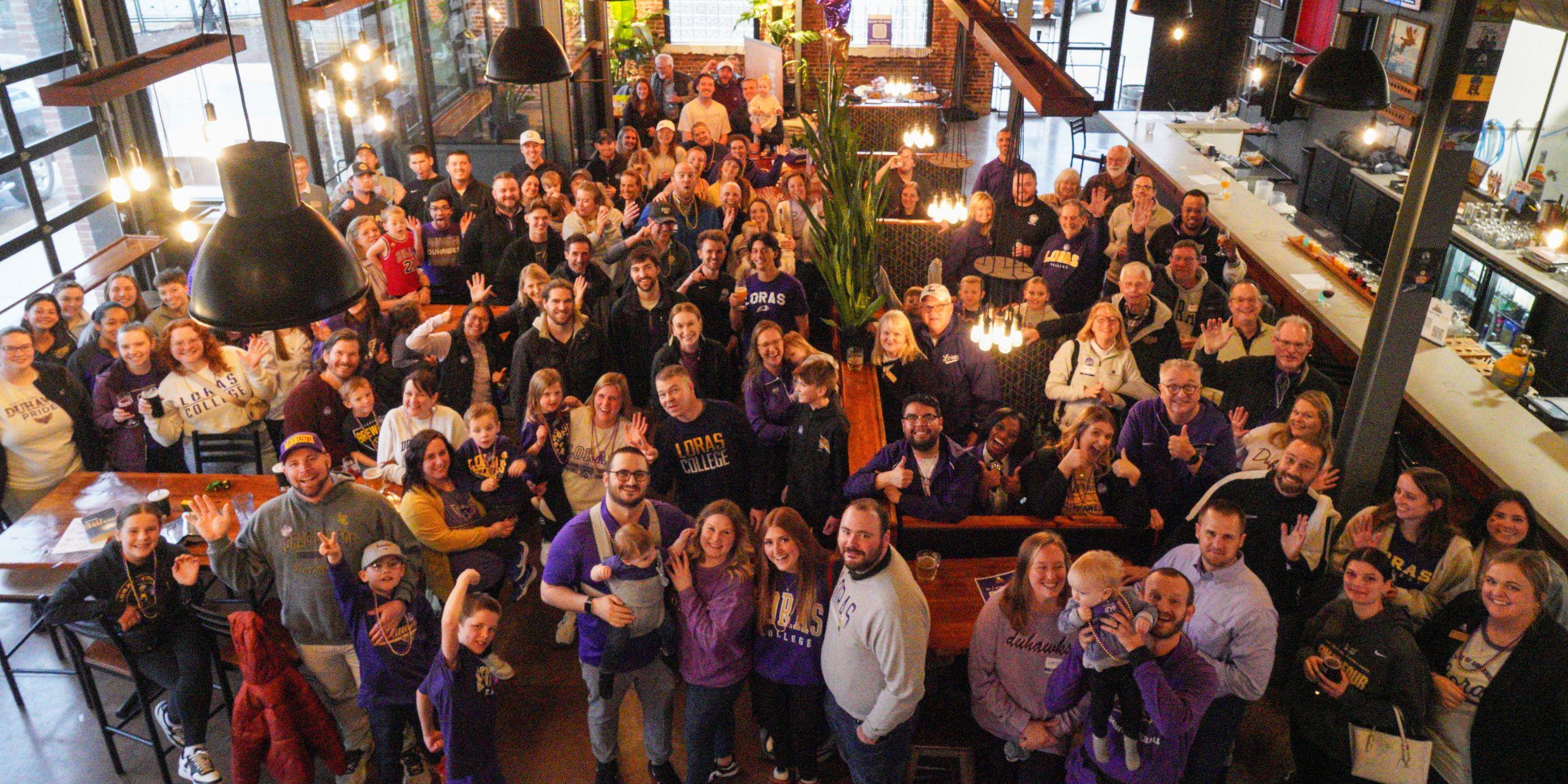I remember watching that incredible free kick from last season's championship match - the ball seemed to defy physics as it curved around the defensive wall and dipped perfectly under the crossbar. As someone who's played soccer since childhood and now follows the sport professionally, I've always been fascinated by what makes a perfect free kick. When I saw the Fighting Maroons secure their third consecutive title in that preseason tournament sponsored by PlayTime Cares, Filoil, and EcoOil among others, using those familiar Spalding official match balls, it got me thinking about how much projectile motion actually affects these crucial moments in soccer.
The science behind soccer ball movement is more complex than most people realize. When a player strikes the ball during a free kick, they're essentially creating a projectile that follows certain physical laws while also accounting for environmental factors and ball characteristics. I've taken enough free kicks in my Sunday league to know that the difference between scoring and hitting the wall often comes down to understanding these principles. The Spalding balls used in tournaments like the one where Fighting Maroons triumphed have specific surface patterns and pressure levels that significantly influence how they move through air. Research shows that modern soccer balls with their thermally bonded panels can maintain speeds up to 70 mph while experiencing drag coefficients between 0.2 to 0.5 depending on stitching patterns.
What really makes free kicks spectacular is the Magnus effect - that beautiful curve we see when players put spin on the ball. I recall trying to replicate Roberto Carlos' famous banana kick for weeks after first seeing it, only to learn through painful trial and error that the ball needs precisely 8-10 rotations per second to achieve that dramatic swerve. The official Spalding match balls used in professional tournaments respond differently to spin compared to cheaper recreational balls, largely due to their consistent surface texture and optimal air retention. When players from teams like the Fighting Maroons practice set pieces, they're not just working on technique - they're developing an intuitive understanding of how much force to apply and where to strike the ball to make it dip and curve predictably.
Air resistance plays a bigger role than many appreciate. On humid days, like many during that preseason tournament sponsored by Nature's Spring and featuring teams playing in various locations, the denser air can reduce ball travel distance by up to 15% compared to dry conditions. I've noticed this firsthand when playing near the coast versus inland fields - the ball just doesn't travel as far when the air feels heavy. The 2023 season data from similar tournaments showed that free kick success rates dropped from 18% to just 12% in high humidity conditions, though elite players like those from the championship teams seem to adjust instinctively.
The trajectory isn't just about physics - it's about psychology too. Goalkeepers facing free kicks have approximately 0.3 seconds to react once the ball clears the defensive wall, which is why deceptive trajectories are so effective. I've spoken with goalkeepers who admit they often guess rather than react when facing top-tier free kick specialists. The way a ball seems to pause mid-air before suddenly dipping, or appears headed wide before curling back - these are all manipulations of projectile motion that separate good free kicks from great ones. In that championship match where Fighting Maroons secured their historic three-peat, their winning goal came from a free kick that initially seemed off-target before curving dramatically in the final 10 yards.
Modern training has evolved to incorporate these scientific principles much more systematically. Teams now use wind tunnels and advanced tracking systems to analyze ball flight patterns, though I suspect the Fighting Maroons' success comes from blending this data with pure instinct. Their players likely spent hundreds of hours practicing with the official Spalding balls across different weather conditions sponsored by companies like Smart and Puso Pilipinas, developing muscle memory for how the ball behaves. When I practice free kicks today, I think about the contact point more scientifically - striking slightly off-center and following through at specific angles to generate the desired spin rate of about 7 rotations per second for a standard 25-yard free kick.
The beautiful thing about soccer physics is that despite all the science, there's still magic involved. No two free kicks are identical because wind gusts, ball pressure variations, and even grass length create infinite variables. That's why we still gasp when a ball swerves unexpectedly or groan when what looked like a perfect shot hits the crossbar. The Fighting Maroons' championship victory, supported by sponsors from Hanes to Brothers Burger, reminds us that understanding projectile motion can enhance accuracy, but the true artistry comes from players who feel the physics in their bones rather than calculating them in their heads. Next time you watch a free kick, pay attention to that moment just after the ball leaves the player's foot - that's where centuries of physics and a lifetime of practice collide to create moments of pure sporting magic.




